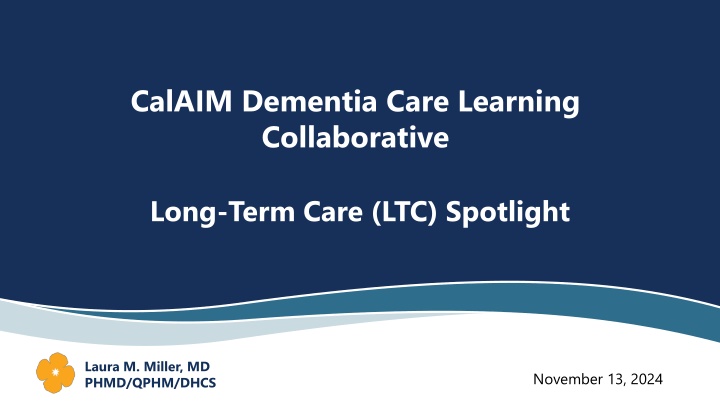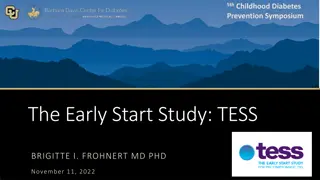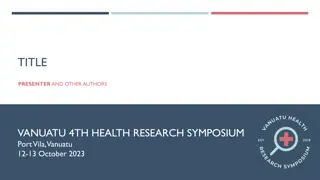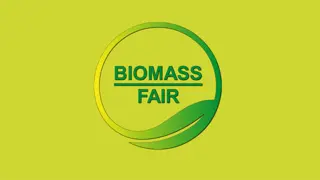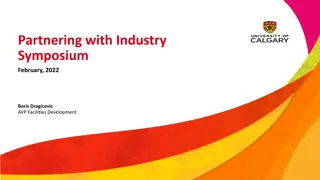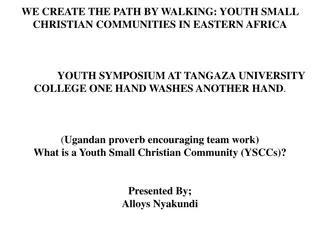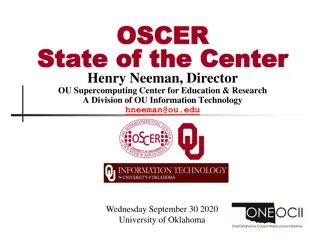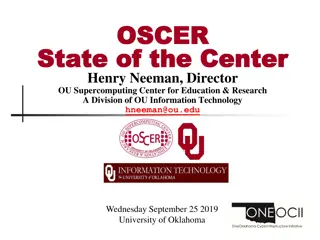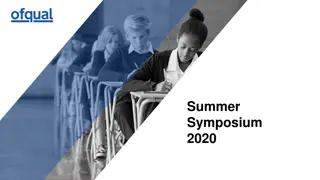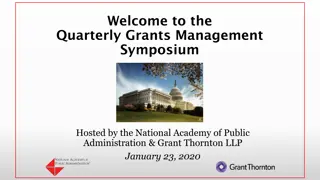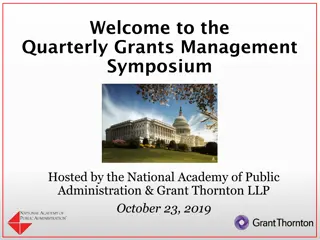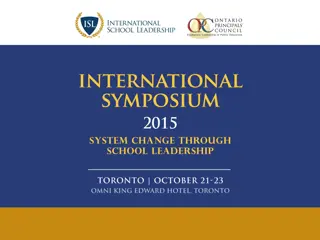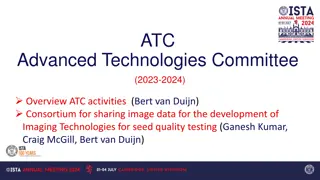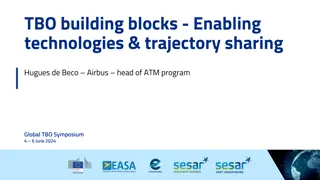International Symposium on Advanced Technologies IAT 2024
"The 15th Annual Days of BHAAAS in BiH will host the International Symposium on Innovative and Interdisciplinary Applications of Advanced Technologies in Sarajevo, Bosnia and Herzegovina, from June 20th to 23rd, 2024. This event will bring together experts to discuss cutting-edge advancements and their practical implementations across various disciplines."
Download Presentation

Please find below an Image/Link to download the presentation.
The content on the website is provided AS IS for your information and personal use only. It may not be sold, licensed, or shared on other websites without obtaining consent from the author.If you encounter any issues during the download, it is possible that the publisher has removed the file from their server.
You are allowed to download the files provided on this website for personal or commercial use, subject to the condition that they are used lawfully. All files are the property of their respective owners.
The content on the website is provided AS IS for your information and personal use only. It may not be sold, licensed, or shared on other websites without obtaining consent from the author.
E N D
Presentation Transcript
CalAIM Dementia Care Learning Collaborative Long-Term Care (LTC) Spotlight Laura M. Miller, MD PHMD/QPHM/DHCS November 13, 2024
Spotlight: Enhanced Care Management (ECM) for LTC Populations In June 2024, DHCS published the Enhanced Care Management (ECM) for LTC Populations of Focus (POF) Spotlight. Highlights key DHCS policies and resources on serving individuals in, or at risk of entering, institutional LTC in ECM settings, including a crosswalk of how members with long-term services and supports (LTSS) needs receive care management support. Contains member vignettes illustrating how to implement ECM for these POFs: An older adult living with Parkinson s disease who wishes to remain at home An older adult temporarily living in a skilled nursing facility and recovering from a stroke Explains how Community Supports and Transitional Care Services can be integrated to best serve members and their caregivers. To learn more, please visit the ECM and Community Supports webpage. This is the third in a series of Spotlights showing how providers can deliver ECM models tailored to the needs of different POFs. 2
Who is Eligible for ECM? ECM is available to managed care plan (MCP) members who meet ECM POF definitions. Children & Youth ECM POFs Adults Individuals Experiencing Homelessness Individuals At Risk for Avoidable Hospital or Emergency Department Utilization Individuals with Serious Mental Health and/or Substance Use Disorder Needs Individuals Transitioning from Incarceration Adults Living in the Community and At Risk for LTC Institutionalization Adult Nursing Facility Residents Transitioning to the Community Children and Youth Enrolled in California Children s Services (CCS) or CCS Whole Child Model (WCM) with Additional Needs Beyond the CCS Condition Children and Youth Involved in Child Welfare Birth Equity ECM is available for adults with intellectual or developmental disabilities (I/DD) and pregnant and postpartum individuals if they meet the eligibility criteria for any existing POF. In July 2023, children and youth with I/DD or who are pregnant/postpartum became eligible for ECM if they met the eligibility criteria for any existing POF. 1 2 3 4 5 6 7 8 9 3
What are the ECM Core Services? Members in ECM receive seven core services tailored to their POF and individual needs. Outreach and Engagement Member and Family Supports Comprehensive Assessment and Care Management Plan Health Promotion Enhanced Coordination of Care Comprehensive Transitional Care Coordination of and Referral to Community and Social Support Services 4
ECM Core Services for Sonja Connected to ECM via her primary care provider. The ECM provider is Community Partners, and the Lead Care Manager (LCM) is Miguel. Outreach and Engagement Comprehensive Assessment and Care Management Plan Her friend Arlene helps, mobility challenges are noted, and medication reconciliation completed. Connected to specialty care for PD, Miguel works to get her In-Home Supportive Services (IHSS) caregivers. Enhanced Coordination of Care Sonja develops a urinary tract infection and requires a short-term stay at a skilled nursing facility (SNF) with additional supports. Comprehensive Transitional Care Coordination of and Referral to Community and Social Support Services Apartment unit needs grab bars; installment is arranged through Community Supports (CS). Sonja is connected to a CBAS center. Health Promotion Medication reminders set up. Arlene is integral; Sonja socializes at the CBAS center, and IHSS workers help her see old friends at the park. Member and Family Supports
ECM Core Services for Felix Stroke, feeding tube, right-sided paralysis -- SNF -- MDS (Minimum Data Set) review Felix wants to go home. ECM/CS provider Vida is contacted. Comprehensive Transitional Care Outreach and Engagement Vida worker Jolana reaches out by phone. Comprehensive Assessment and Care Management Plan A plan is arranged for his transition to home, including his wife's needs; physical and occupational therapy needs are assessed. ECM works with SNF discharge planner; durable medical equipment (DME) is ordered. Enhanced Coordination of Care Coordination of and Referral to Community and Social Support Services Multiple CS services used: Nursing Home Transition, Medically Tailored Meals, Personal Care and Homemaker Services, Respite Services. Health Promotion Diabetes and cholesterol management help, online movement class offered. Support for wife Teresa is key. Respite Services delivered and connected to a Caregiver Resource Center. Member and Family Supports
Questions What are key concerns and current challenges in implementing ECM for the LTC POFs? What are bright spots in the implementation? What provider partnerships are most effective and why? What are bright spots and challenges in coordinating with Community Supports?
Thank you Laura.Miller1@dhcs.ca.gov
